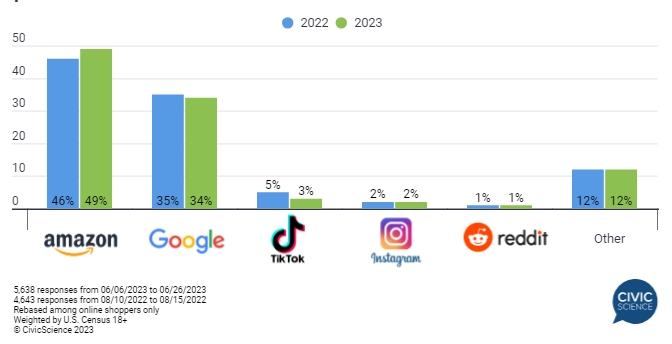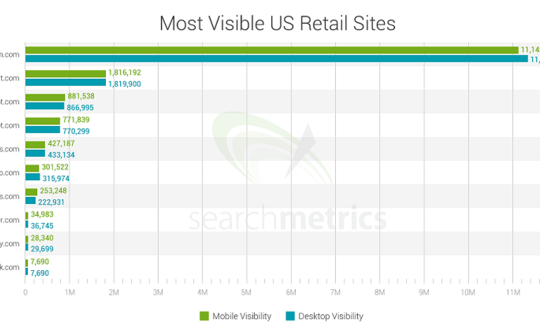Online retailers who hate trying to come up with compelling product listings for all your products can breathe a sigh of relief. Amazon is making it easier to develop engaging and attractive product listings with a new generative AI tool.
As was revealed at the recent Amazon Accelerate event, the new AI tool can craft product listing details including product titles, bullet points, and descriptions using large language models (LLMs).
Retailers only need to provide a short description (it can even just be a few keywords) and the AI system will generate in-depth product details.
As Robert Tekiela, vice president of Amazon Selection and Catalog Systems, said in the announcement:
“With our new generative AI models, we can infer, improve, and enrich product knowledge at an unprecedented scale and with dramatic improvement in quality, performance, and efficiency.
Our models learn to infer product information through the diverse sources of information, latent knowledge, and logical reasoning that they learn.
For example, they can infer a table is round if specifications list a diameter or infer the collar style of a shirt from its image.”
While early feedback for the tool is reportedly very positive, brands are still encouraged to review their product descriptions before using them in product listings.



 Now that the holiday season is over, several companies including Target and Amazon are releasing statistics related to 2014’s holiday shopping. While there are several interesting facts to be found in the reports, Target’s release may have the most striking bit of information.
Now that the holiday season is over, several companies including Target and Amazon are releasing statistics related to 2014’s holiday shopping. While there are several interesting facts to be found in the reports, Target’s release may have the most striking bit of information.

